What to do if geranium leaves curl?
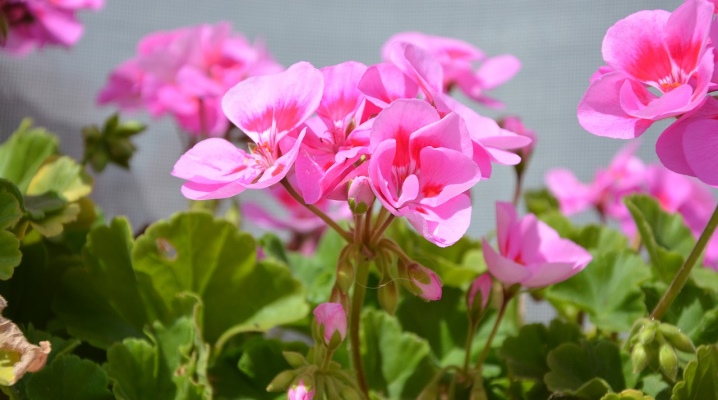
Pelargonium is a popular plant widely used in indoor and garden landscaping. Many call it geranium, but from the point of view of botany, this is not entirely true - although pelargonium belongs to the geranium family, nevertheless, it is a completely different species. However, it is this name that is popularly accepted, therefore, for convenience, within the framework of our article, we will continue to use this word in the text.
Peculiarities
Pelargonium is a rather unpretentious flower, it is thanks to this feature that it enjoys increased popularity among flower growers in our country. Caring for this ornamental flowering plant does not require much effort. But some rules and subtleties still need to be known, because if they are not followed, the leaves of geraniums begin to curl and turn yellow, which leads to the wilting of the entire plant. Geranium comes from the southern part of the African continent, so the flower prefers warm and well-lit areas. The owners most often place it on the east, south or west windowsill. Let's say more - in the summer, the flower will feel comfortable in the garden in the open field, but as soon as the temperature begins to decrease, the plant should be immediately returned to the house.
The culture pleases with its flowering all year round, subject to proper watering, optimal light conditions and top dressing. For a lush flowering of pelargonium, it is necessary to pinch from time to time and prune in a timely manner. The plant is very beautiful, so any problems with it can seriously upset the grower. Let us dwell in more detail on the reasons for the wilting of geraniums, methods of flower resuscitation and disease prevention.

Twisting reasons
Geranium leaves can curl downward for a variety of reasons, but in most cases they are associated with care errors.
Nutrition
Fertilizing plays a very important role in a healthy diet of pelargonium. The plant responds well to nitrogen-containing additives, thanks to which the foliage becomes lush and beautiful, but the leaves respond to the deficiency of this element by curling. However, keep in mind that with an excess of the element, geranium directs all its forces to the growth of green mass and simply stops blooming.
Excess potassium is another common cause of twisting, so it is best to follow the instructions carefully when applying any fertilizer.
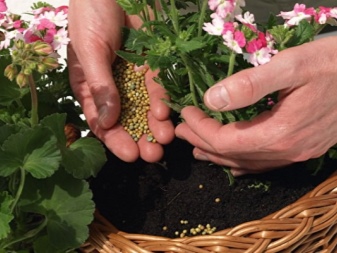
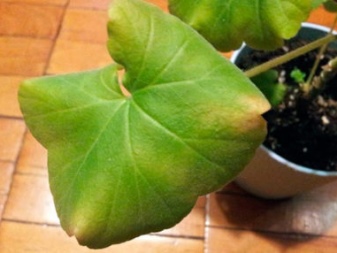
Air
Geranium is an undemanding plant in terms of keeping conditions, but a violation of temperature and humidity levels can cause problems with the foliage of this amazing flower. The optimum temperature for normal growth and development of a flower is considered to be + 20– + 25 degrees, and in winter the temperature can drop to +16 degrees. If the room is colder, then all life processes slow down so much that the flower does not have the strength to maintain normal photosynthesis and the healthy state of the leaf plates.
Geranium does not tolerate sudden temperature fluctuations, as well as direct sunlight and drafts. - it immediately responds to all these unfavorable factors by folding. The level of humidity typical for an ordinary living space is quite enough for a flower, but too dry air has a detrimental effect on it, so it is worth keeping it away from radiators and other heating devices.If it is not possible to find another place, then you should put a mini-fountain near the flower and periodically spray the air next to the pelargonium from a spray bottle.
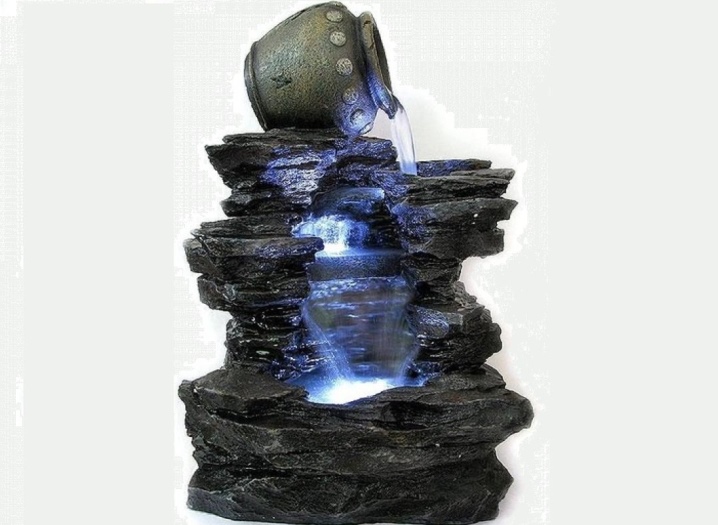
Poorly matched pot
A very common mistake in caring for geraniums is choosing the wrong container. Usually, the flower is planted in a too large flowerpot, in this case, waterlogging often begins in the layers of soil mixture, untapped by the roots, which inevitably leads to twisting and death of the flower. Too small a pot is also contraindicated for a plant. As the plant grows, the roots become cramped, as a result, the flower does not receive nutrients.
If the pot is not replaced in a timely manner with a more voluminous one, then the foliage loses its decorative appearance and curls.
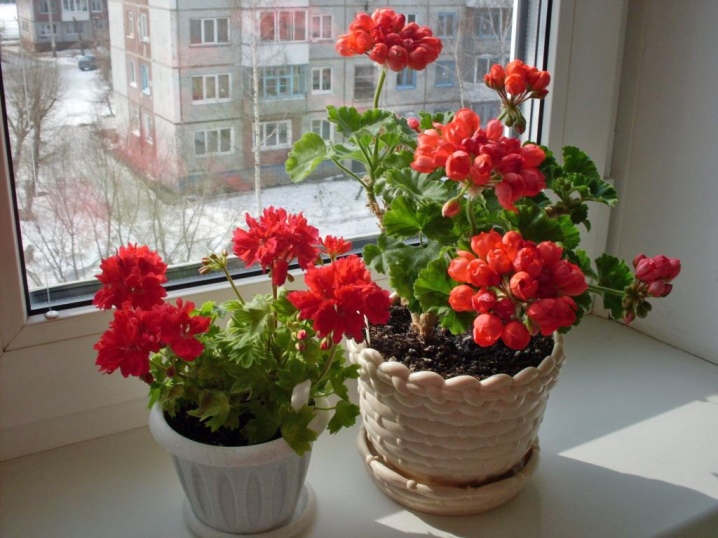
Diseases and pests
Pelargonium quite often becomes a victim of a spider mite attack, which causes the leaf plates to curl inward. This pest is almost impossible to identify with the naked eye. It is too small, but thin, whitish cobwebs on the back of the leaves can become a signal for geranium infection. Plants are often parasitized by aphids and whiteflies - in case of infection, geranium must be treated with an insecticide. Usually several treatments are required at intervals of 7-10 days. Much more dangerous for pelargonium is a viral infection, in which the leaves curl up, become clumsy - such diseases are not cured, therefore, at the first signs of damage, the plants must be thrown out in order to avoid infection of other indoor crops.

If the curling of the leaves is accompanied by the appearance of white bloom or small spots on the back of the leaves, most likely you are dealing with fungal diseases.
Prompt spraying with Bordeaux liquid can help the plant. Usually, after such a manipulation, the spots disappear, and the leaves return to their original shape. If ordinary garden soil is used to grow pelargonium, then parasite larvae and earthworms can get into the container with it, to combat them, the following means are used:
- "Aspirin" - 1 tablet per 10 liter, this solution is sprayed with the flower monthly;
- "Marathon" - a good remedy for aphids and whiteflies; the agent is sprayed dry on the substrate, then irrigated abundantly;
- Monterey - the drug is used in the presence of caterpillars.
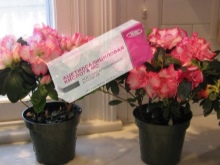
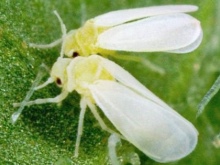
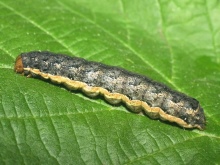
Prophylaxis
Any disease is easier to prevent than to cure. Pelargoniums are no exception. To prevent curling of the leaves, the flower needs the following care:
- when planting and replanting annually, you need to use soil purchased in specialized stores; in the case of self-compilation of the substrate, it is necessary to do its preliminary disinfection;
- ensure normal watering - the earthen lump should not dry out, but excess moisture should not be allowed;
- place geraniums in well-lit places, but at the same time avoid direct sunlight;
- protect the flower from drafts.
- maintain the air temperature in summer at a level not higher than +25 degrees, and in winter - at least +10 degrees;
- transplant geraniums in a timely manner into a pot of suitable volume.
The prevention of diseases in geraniums is described in the following video.







































































































The comment was sent successfully.